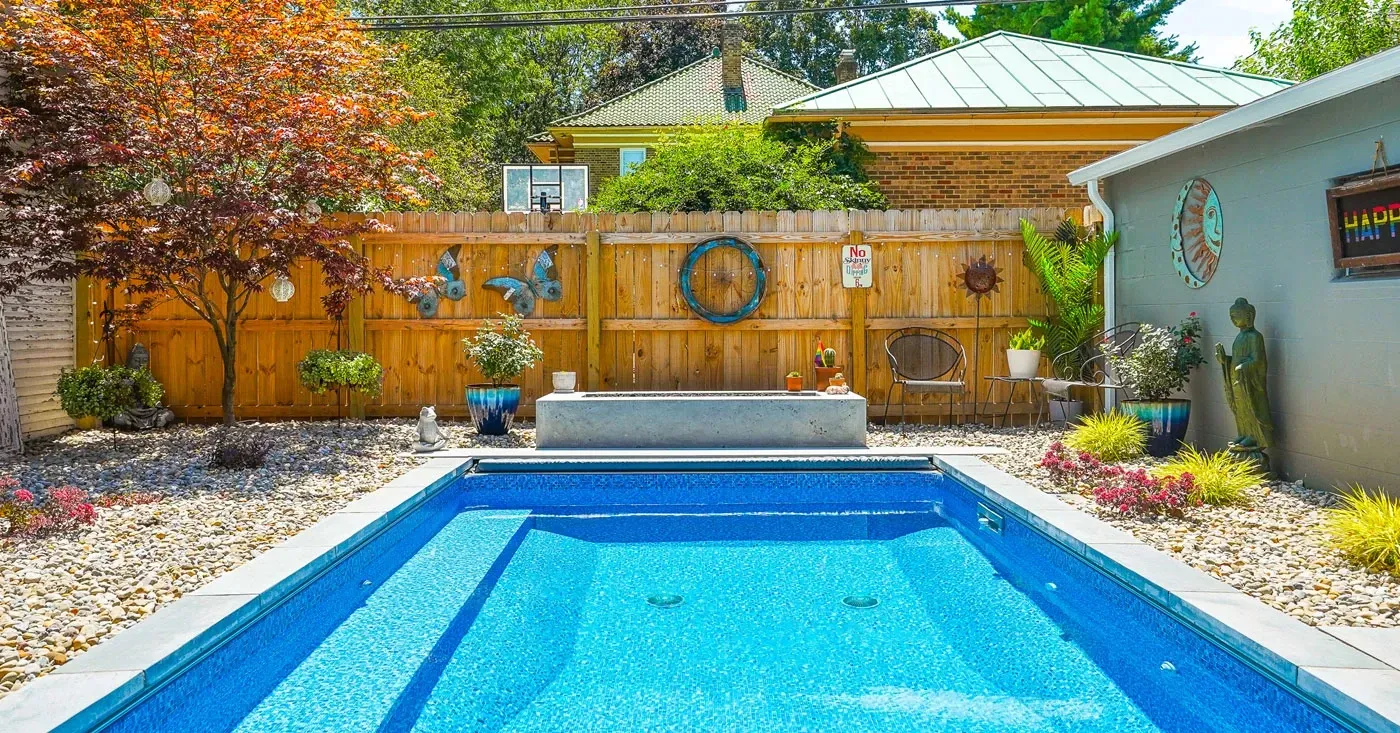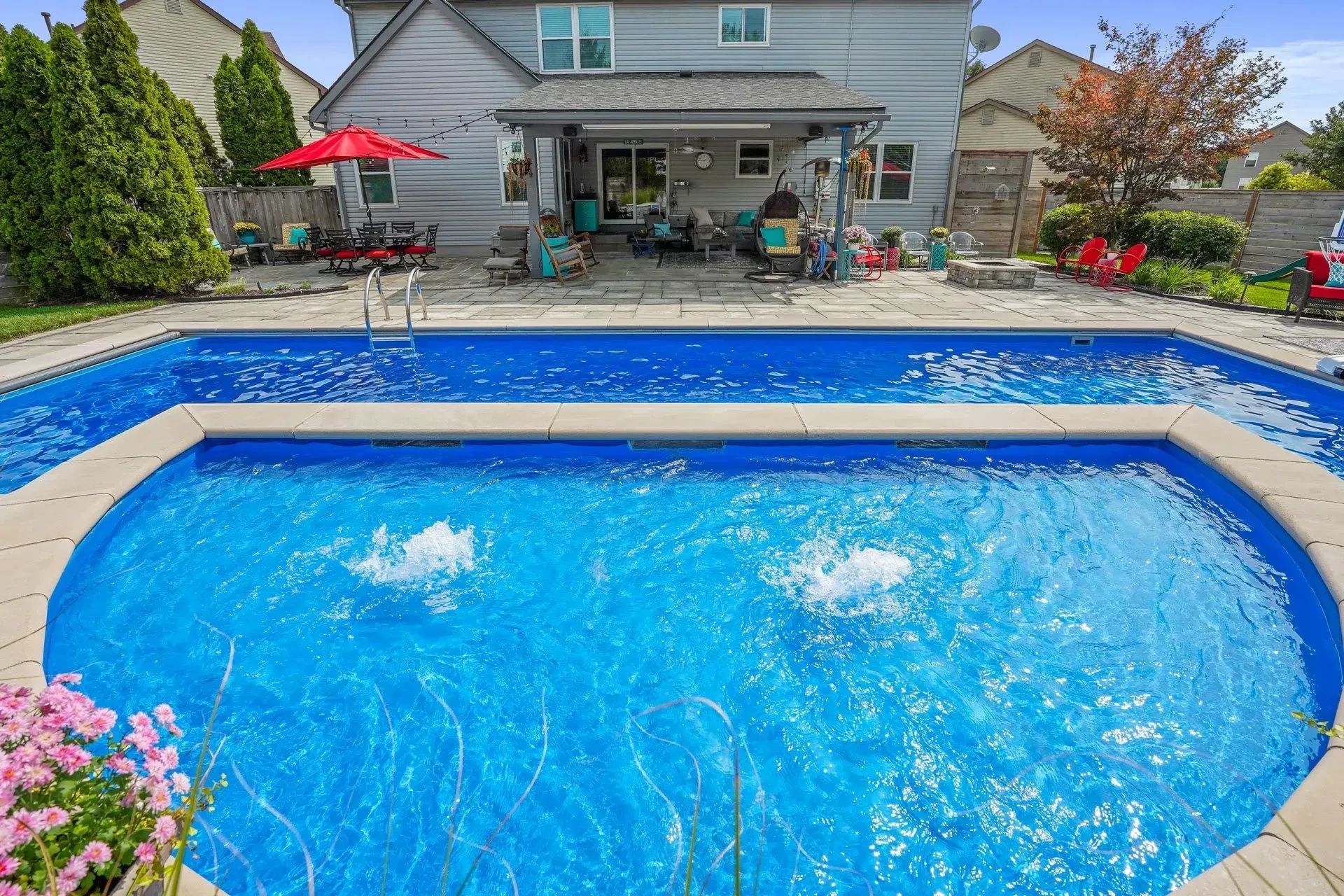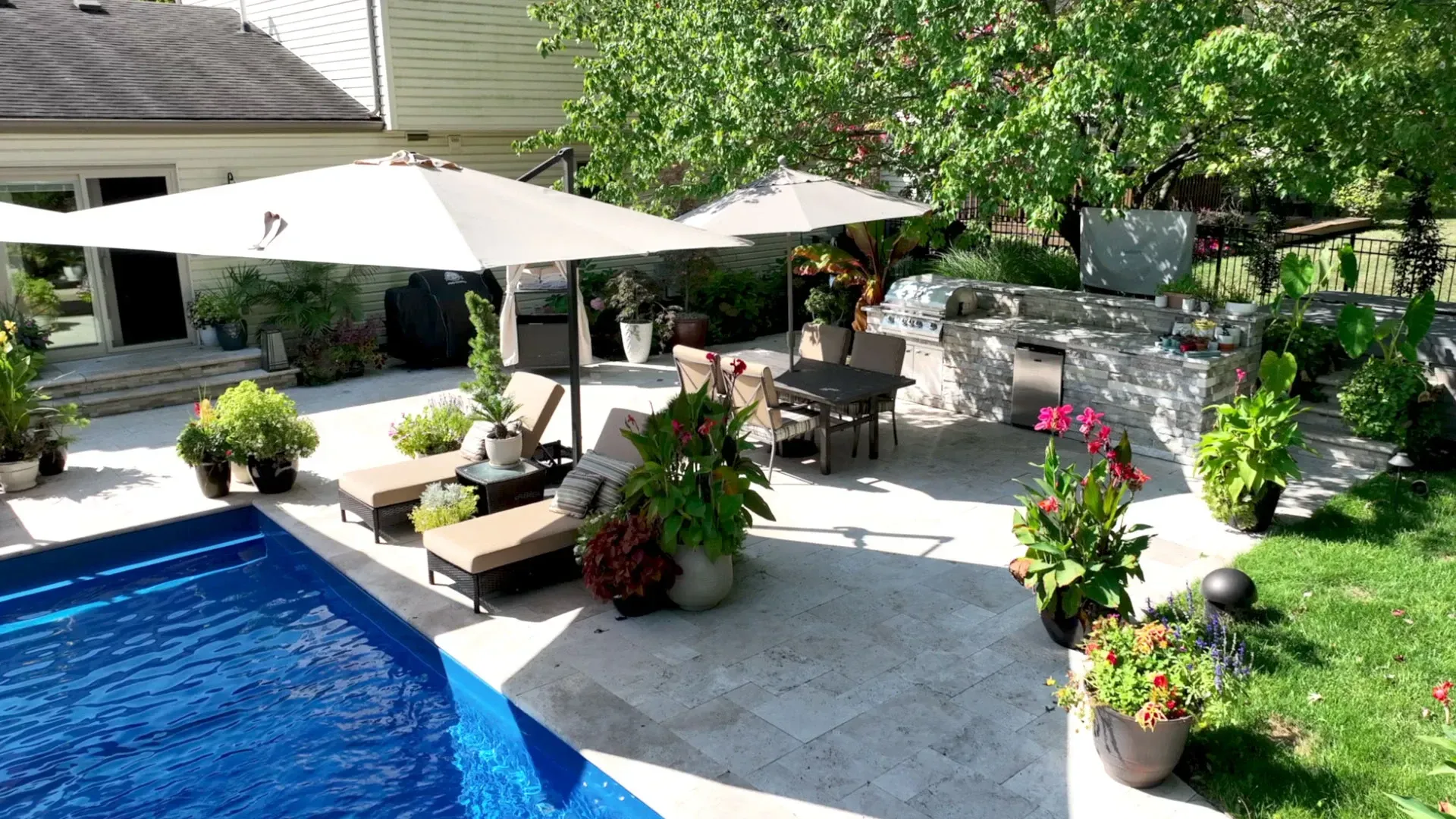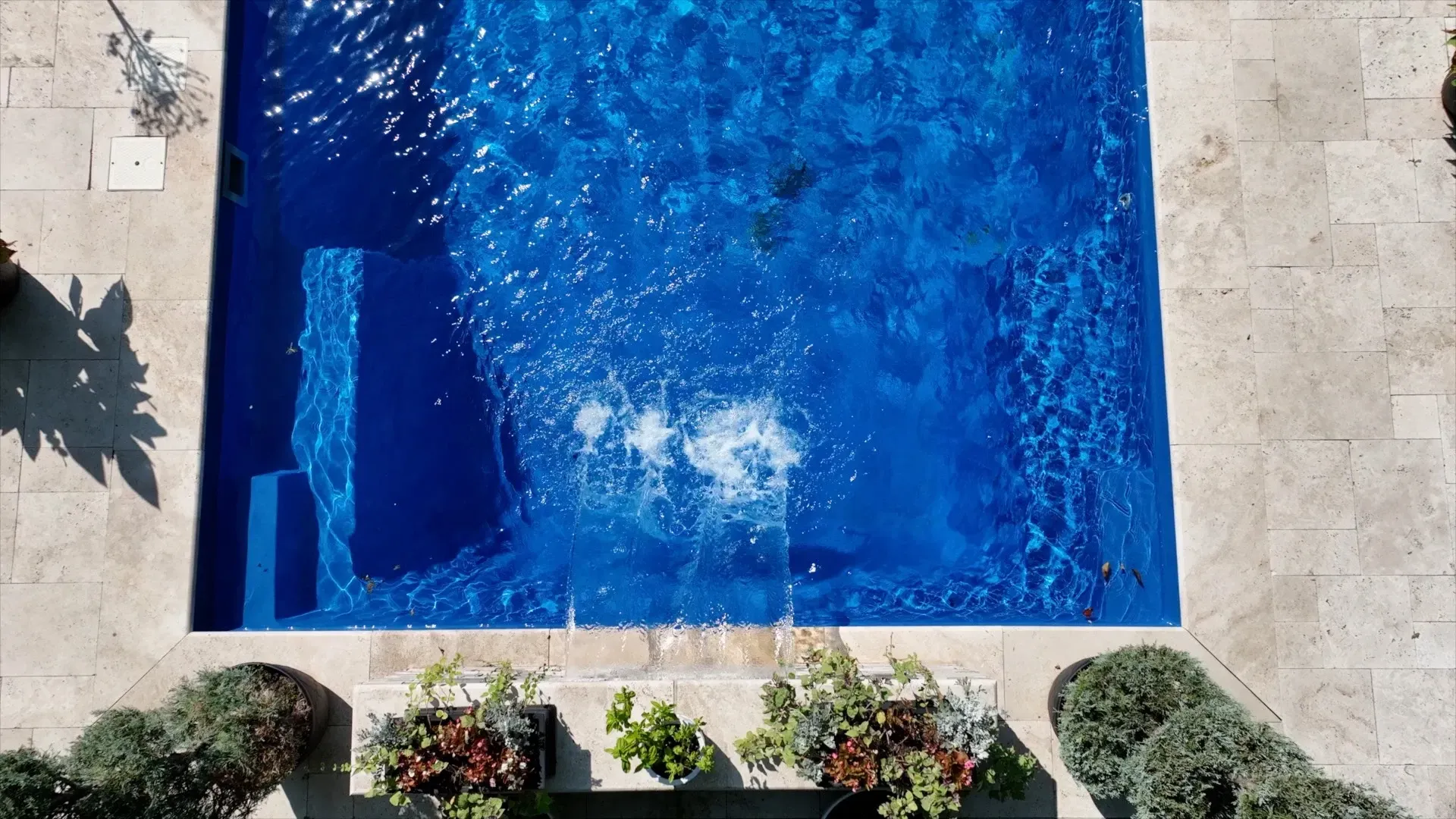What Should I Do With My Landscaping in the Fall?

Now that summer is over, you might be looking forward to the cooler temperatures of fall. You might also be happy to get a break from cutting the grass and pulling weeds from your flower beds, but this doesn’t mean that your work is done. You probably want to keep your yard looking great all fall and winter long, and you might be concerned about preparing your lawn for next year’s grass and flowers, too. Luckily, these tips can help you prepare your landscaping for the fall and winter seasons.
Aerate Your Lawn
Fall is the perfect time to aerate your lawn. This helps with moving oxygen, nutrients, and water around in the soil. It also helps make very compact soil much easier to work with. Aerating your lawn makes it easier to plant grass and helps you ensure that your grass is beautiful, healthy, and strong when it grows.
Remove Leaves
Raking leaves is a big job, and it might be something that you dread during the fall. Don’t be tempted to let the leaves pile up in your yard, though, even if you like the seasonal look that they lend to your property… until they begin to rot, that is. Stray leaves can make your lawn look bad and can cause the grass to die as they decay.
Of course, you don’t just have to worry about dead leaves littering your lawn. They can find their way onto your driveway, walkways, patios, and porches, causing a messy look. If they fill your gutters, they can prevent the water from flowing through them properly. Make sure you clean your gutters regularly and use a rake, leaf blower, and broom to get remove from around your property. If you do it regularly throughout the season, you can prevent the leaves from piling up.
Add Mulch
Now is a great time to add mulch to your flower beds and the area around your house. This helps add a little bit of color to a drab, dead lawn, for one thing. Best of all, though, mulch can help protect your plants’ roots from the cold temperatures, helping them survive through the fall and winter. Plus, you’ll probably find that mulch is a good addition all year long, since it can help plants retain nutrients and moisture and can help prevent weeds from growing.
Remove Dead Annuals
The annuals that you planted around your yard might have looked nice all spring and summer long, but it’s time to get rid of them now. Old, dead annuals only make your lawn look more depressing and dull during the fall and winter months. Plus, by removing them now, you can make room for any annuals that you might be hoping to plant next year.
Trim Your Perennials
If you have any sensitive perennials that will not do well in the colder weather, such as exotic flowers or trees that thrive in warmer temperatures, you’ll need to pack them up and move them indoors. Be careful not to damage their root systems when transferring them to a pot.
Bring in Very Sensitive Plants
Although your perennials might not look their best during the winter months, you can make them look better by trimming and pruning them. Not only will this help you prevent them from looking messy, but it will help you keep them healthy until spring.
Drain Your Pond and Water Features
If you have a small pond on your property, you may want to drain the water and clean the pond out before the freezing temperatures hit. If you have fish in your pond, you will obviously need to make other arrangements for them, such as by putting them in an indoor fish tank until you refill your pond. Alternatively, you can enjoy your pond all year long if you add pond heaters, which are designed to keep the water just warm enough that it will not freeze.
Water fountains and other water features can be damaged by the colder temperatures of fall and winter, too. Drain the water out of these features until spring to prevent them from cracking due to the expanding, freezing water.
Add Cold Weather-friendly Plants
Of course, you don’t have to add any plants to your landscaping during the fall. If you are missing the color of your lawn, though, you do have options. Adding evergreen shrubs is always a good idea; they’re generally hardy and easy to take care of, and they look great when planted around the perimeter of the house or in your flowerbeds. They will add a nice touch of greenery to your yard all year long.
Plants that thrive in cooler temperatures, such as mums or poinsettias, are other options. Be aware that these plants probably will not do well when temperatures rise again, unless you provide them with special care.
Invest in a Fireplace or Fire Pit
Even though the weather can get pretty chilly in Ohio during the fall, you might still want to spend time outdoors. Luckily, there is a solution: adding a fireplace or fire pit. An outdoor fireplace or fire pit will help improve the look of your outdoor living space instantly and will provide a nice, cozy glow. Plus, it’ll help keep your patio or other outdoor living space that much warmer on chilly nights. Just make sure that you use your fire pit or outdoor fireplace safely to prevent any accidents.
Now is the time to start preparing your lawn for the cooler weather. The tips above can help you get started, and you can contact Omni Pools & Scapes for help with landscaping, hardscaping and adding outdoor features like fall-friendly fireplaces and fire pits. We also perform grounds maintenance year-round for commercial properties. Call us today to learn more about our services.
OMNI LEARNING CENTER
RECENT POSTS




